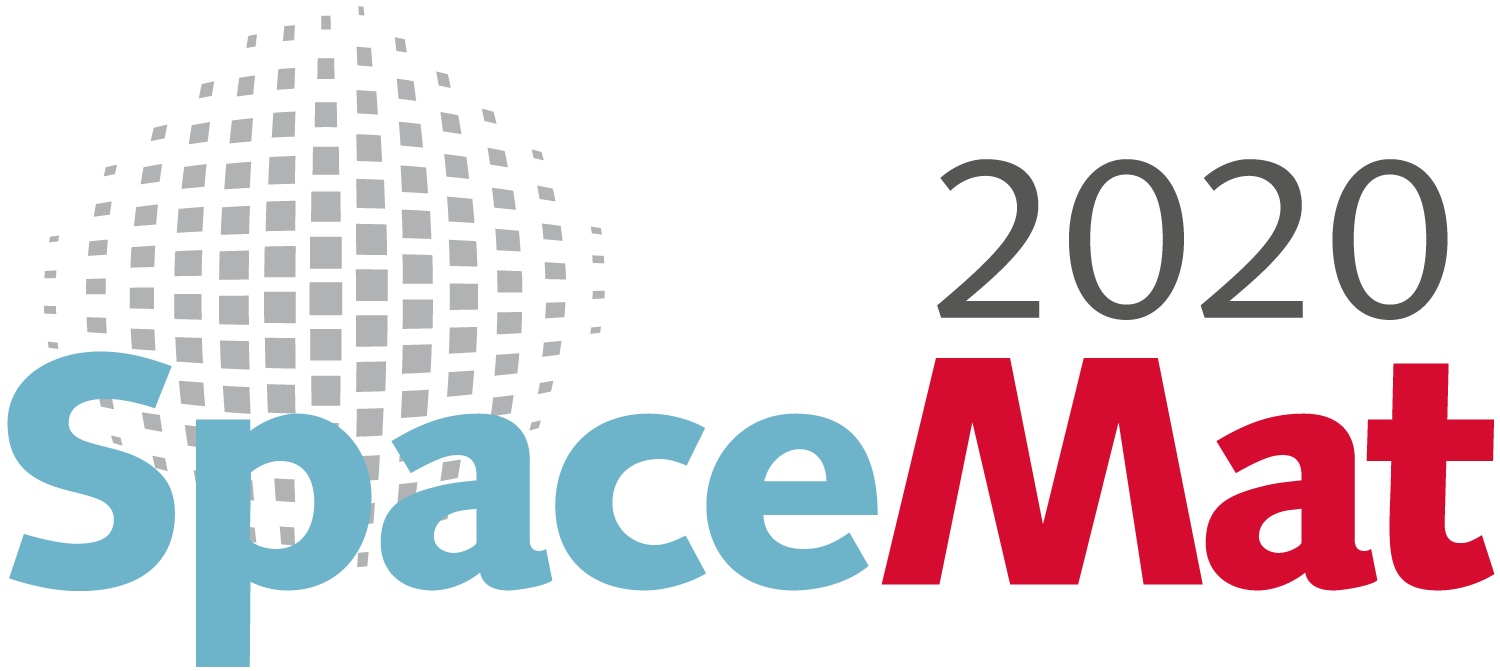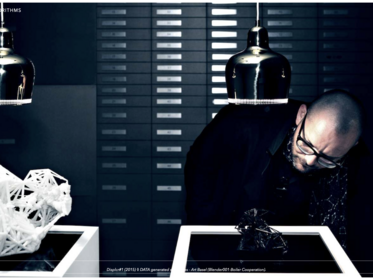
Materials for Space Exploration
MAPEX Symposium 2020 - 31 August - 2 September
SpaceMat 2020 also virtual
The symposium took place as a hybrid event – on site and virtual.
The key features
- all talks were broadcasted via zoom to the registered conference participants;
- no registration fee – register today;
- the "on-site hub" was set up in a large meeting room at the campus of the University of Bremen;
- poster sessions took place online only, details can be found here.
Invited speakers
For the complete programme click link above

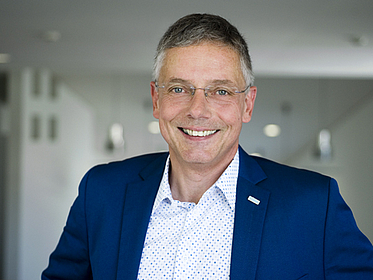
Bodo Fiedler, Hamburg University of Technology TUHH
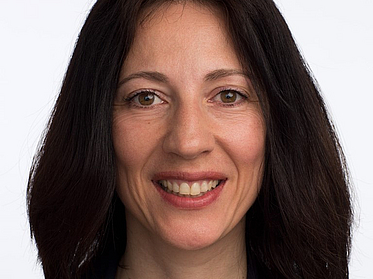
Chiara Pedersoli, member of executive board of OHB System AG
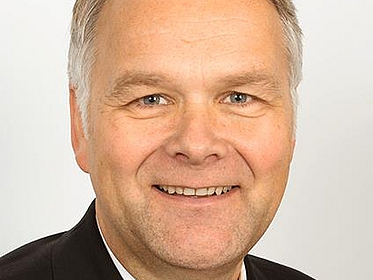
Dr. Jens Laßmann, Site Manager ArianeGroup Bremen
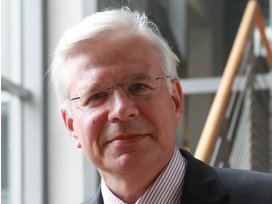
Axel Herrmann, Director of the FIBRE Institute

Frank Kirchner, DFKI Bremen
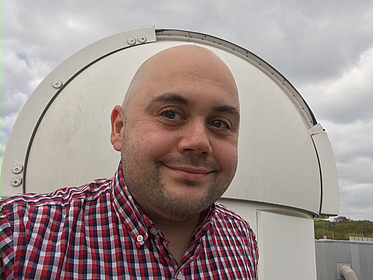
Jonathan Kollmer, University of Duisburg-Essen, Germany
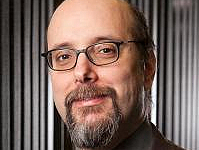
Stefano Curtarolo, Duke University, North Carolina, US
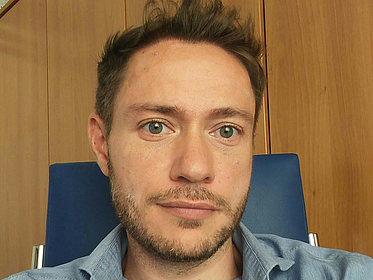
Giovanni Pulci, Rome La Sapienza

Lutz Mädler, Director of the Leibniz Institute for Materials Engineering (IWT), Bremen
Aims and Scope
The symposium brought highly distinguished members of academia and industry together, who are shaping worldwide the research landscape on the discovery, synthesis, manufacturing and use of materials for present and future space exploration endeavours. Limited to no more than 80 to 100 participants, including about 20 invited speakers, it provided a platform for exchange of the latest ideas and presentation of novel results in this rapidly evolving and highly inspiring field. The symposium covered four main subject areas:
- space exploration applications,
- new materials engineering and manufacturing,
- physical chemistry of new materials,
- automated new materials discovery.
The talks spanned a wide range of topics, including: materials for habitats; materials for spacecrafts; materials for space suits; regolith and dust; gravityless manufacturing; abrasion, heat and radiation damage.
SpaceMat2020
31 Aug. to 2 Sept. 2020
University of Bremen, Germany
large lecture hall/Hörsaalgebäude "Keksdose"
(download map as *.pdf)
registration is open
links:
Contact
For all questions regarding the SpaceMat Symposium please don't hesitate to contact us: spacemat@uni-bremen.de.
Find out more about the organizers of the SpaceMat 2020 or follow us on twitter @SpaceMat2020
mehr
